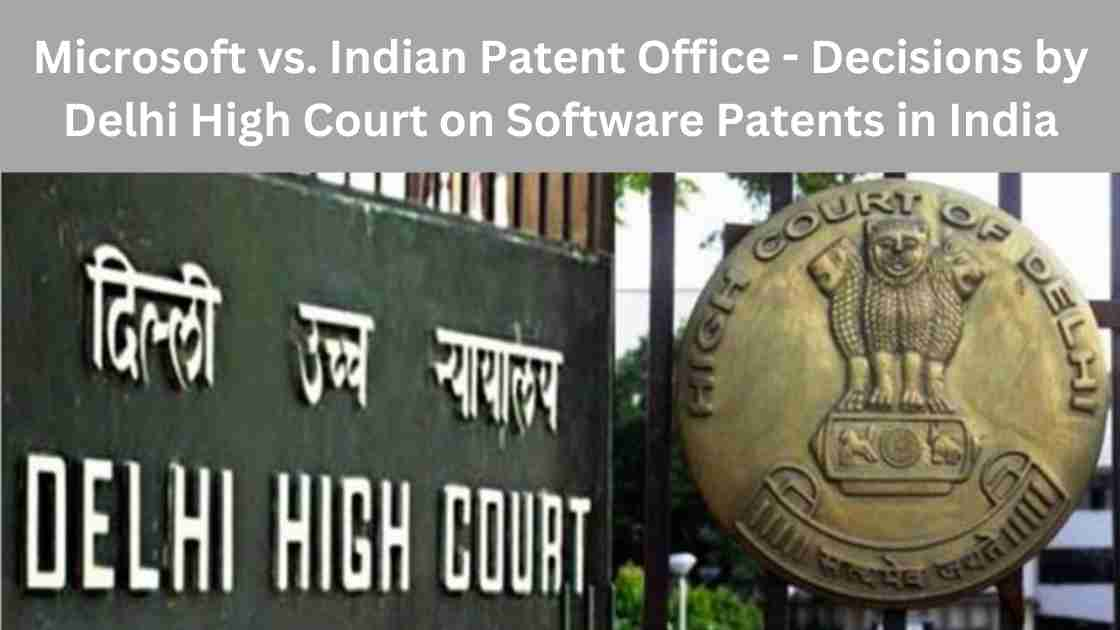Tag: patent filing in india

Increase in Patent Filings by Academic Institutions
Introduction With a plethora of opportunities to quench one’s technological pursuits or showcase the creative abilities of the students, higher academic institutions can be considered to be the powerhouses for generating intellectual property (IP). The extensive research facilities provided by higher academic institutions such as incubation centers, and research sponsored through university and industry partnerships serve as breeding grounds for various breakthrough inventions. Similarly, academic institutions may also give rise to developments in other areas of IP. This may be some literary work in the form of some songs or drama or film scripts or artistic works in the form of a sculpture or even a painting. The list is endless to enunciate the numerous possibilities of IP in any academic institution. Recommendations of National IPR Policy, 2016 It is indeed the above reasons that may have inspired the drafters of National IPR policy to provide certain recommendations on how…

Utility Patents vs Design Patents (Industrial Designs)
While the definition of Patent merely covers utility patent according to the Indian Patent Act, 1970, the same isn’t true in many other jurisdictions. For example, in the United States, there are three types of patents, namely utility patent, design patent, and plant patent. In India, design patents are called “Industrial Designs” and are defined under the Industrial Designs Act, 2000 (hereinafter referred to as the ‘Act’). India does not have the concept of plant patents and hence we will not be discussing plant patents in this article. https://www.youtube.com/watch?v=AQPpQ8QRqXI Short Explanation about the differences between a Utility Patent and a Design Patent. Utility Patents Utility patents, as their name suggests, protect the utility/functionality surrounding an invention. Utility patents may be granted to products or processes depending upon the subject matter of the invention. To know more about utility patents read “What is a Patent?” written by Adv. Sutapa…

Types of Patent Applications
Now that you’ve decided to go for patent protection, it is time to choose the type of patent application that you’ll be filing. It is pertinent to understand that a patent protects the utility or functionality of a product. If the novelty of the product relates to its ornamental design, you should go for an Industrial Design (also known as a design patent in the US and other jurisdictions) instead. For the purpose of clarity, let’s use the universal term utility patent to identify patent applications defined under The Indian Patent Act, 1970. This article will help you understand different types of patent applications that may be filed under The Indian Patent Act, 1970. If you are unsure whether to go for a utility patent or an industrial design, read this article written by Mr. Harish Naidu, founding partner of Acura IP Services. To know what is a patent…

What Kind of Inventions Can Be Patented?
As an inventor working on an idea or invention, the first thought which is often encountered includes “Is my idea patentable”, “Can my invention be patented”, "what kind of inventions can be patented" and “Is my idea patent-eligible”. The foremost thing which you need to be aware of is that a mere idea or a concept cannot be patented. Your idea or invention should be a: new product; ornew process; that solves a technical problem. You must also be aware that merely a new process or a product in itself will not qualify for an invention, additionally, the invention or idea must also: involve an inventive step (i.e., must not be obvious to a person skilled in the art); andcapable of industrial applications; Again, you may find the above terms such as ‘new product’, ‘new process’, and ‘inventive step’ may not be self-explanatory and still do…

What is a Patent?
Before we answer this question, it is important to first understand what intellectual property or IP is. IP refers to intangible assets created by human intellect. e.g. copyright on any story, trademark for a logo, design for the shape of a bottle, etc. Similarly, patent is also a type of IP granted for an invention which fulfills the statutory requirements. By way of this IP, you basically get some rights. Now coming back to patents, shorn of its statutory intricacies and procedural niceties, a patent most simply put is a right bestowed on a person, by which he can prevent others from using his invention without his consent. The key word above is invention. Not every product or process you develop qualifies to be an invention. It has to be ‘novel’. It also shouldn’t be very obvious. To make things more confounding, some things aren’t patentable at all, no matter…

Recent FAQs Published by the Indian Patent Office on Form 27
The Indian Patent Office recently released a comprehensive FAQ document…

A Comprehensive Guide to Patent Searches: Types, Examples, and When to Use Them
Patent searches are a crucial aspect of the patenting process.…

Microsoft vs. Indian Patent Office – Decisions by Delhi High Court on Software Patents in India
The part of this series focuses on the…

Case in Point: Sun Pharma Ltd vs. DWD Pharma Ltd
Case in Point is a new series where…
Categories
Recent Discussions
Recent FAQs Published by the Indian Patent Office on Form 27
The Indian Patent Office recently released a comprehensive FAQ document regarding Form 27, aimed at clarifying the requirements and procedures for patentees and…
Recent Discussions
A Comprehensive Guide to Patent Searches: Types, Examples, and When to Use Them
Patent searches are a crucial aspect of the patenting process. Whether you're an inventor, entrepreneur, or a legal professional, understanding the different types…
